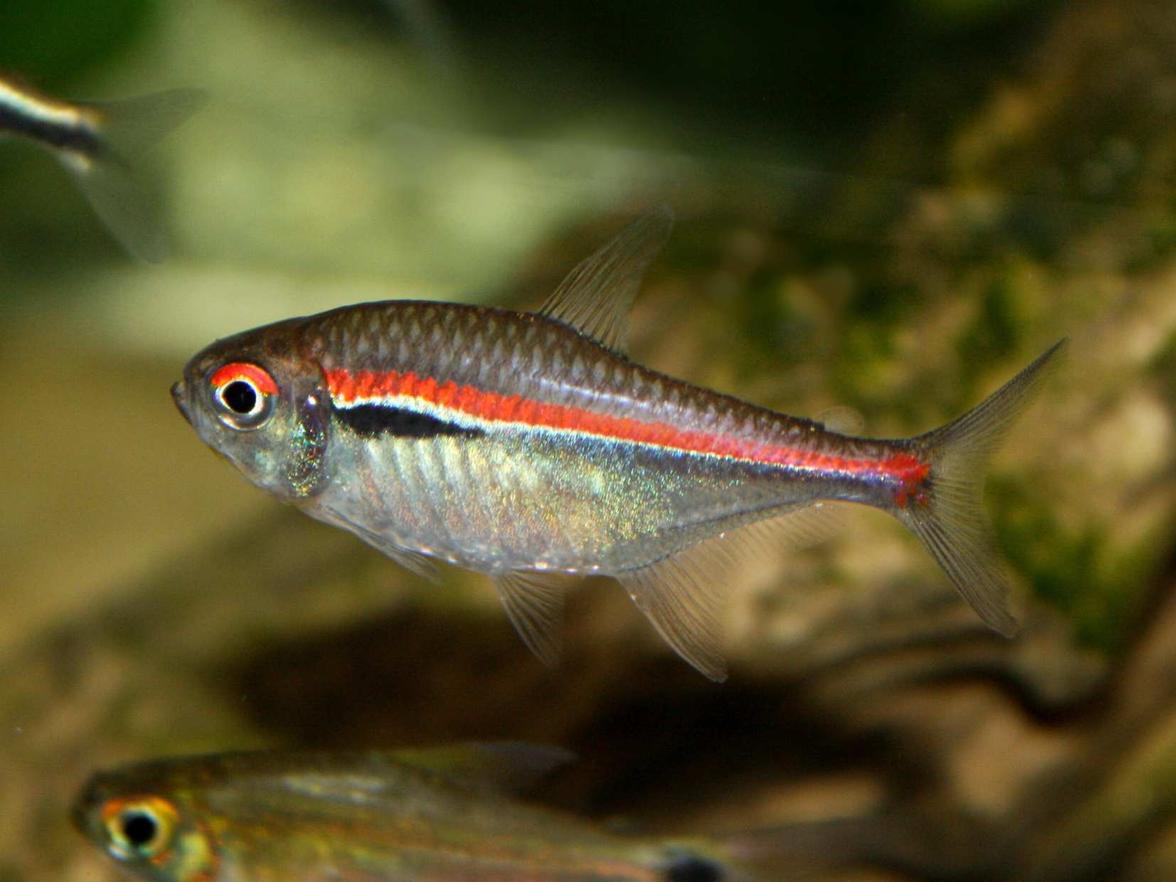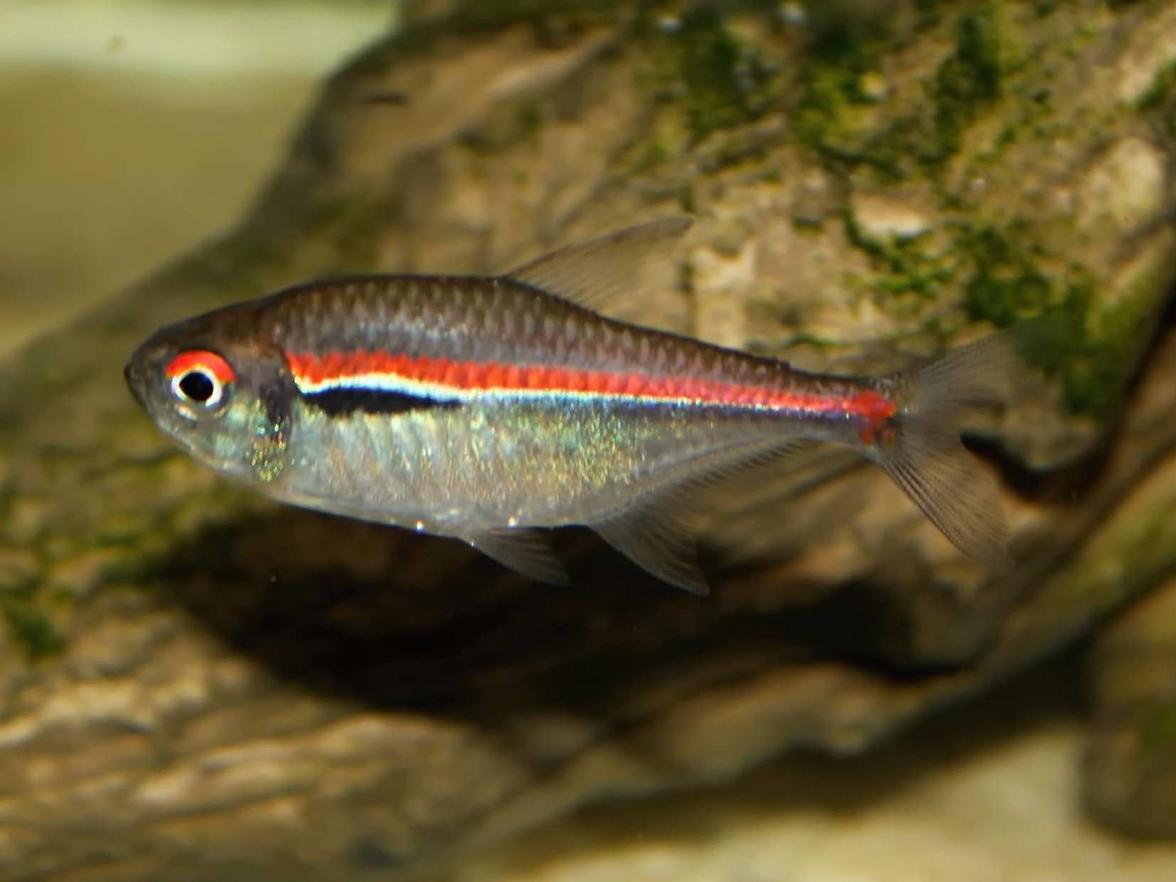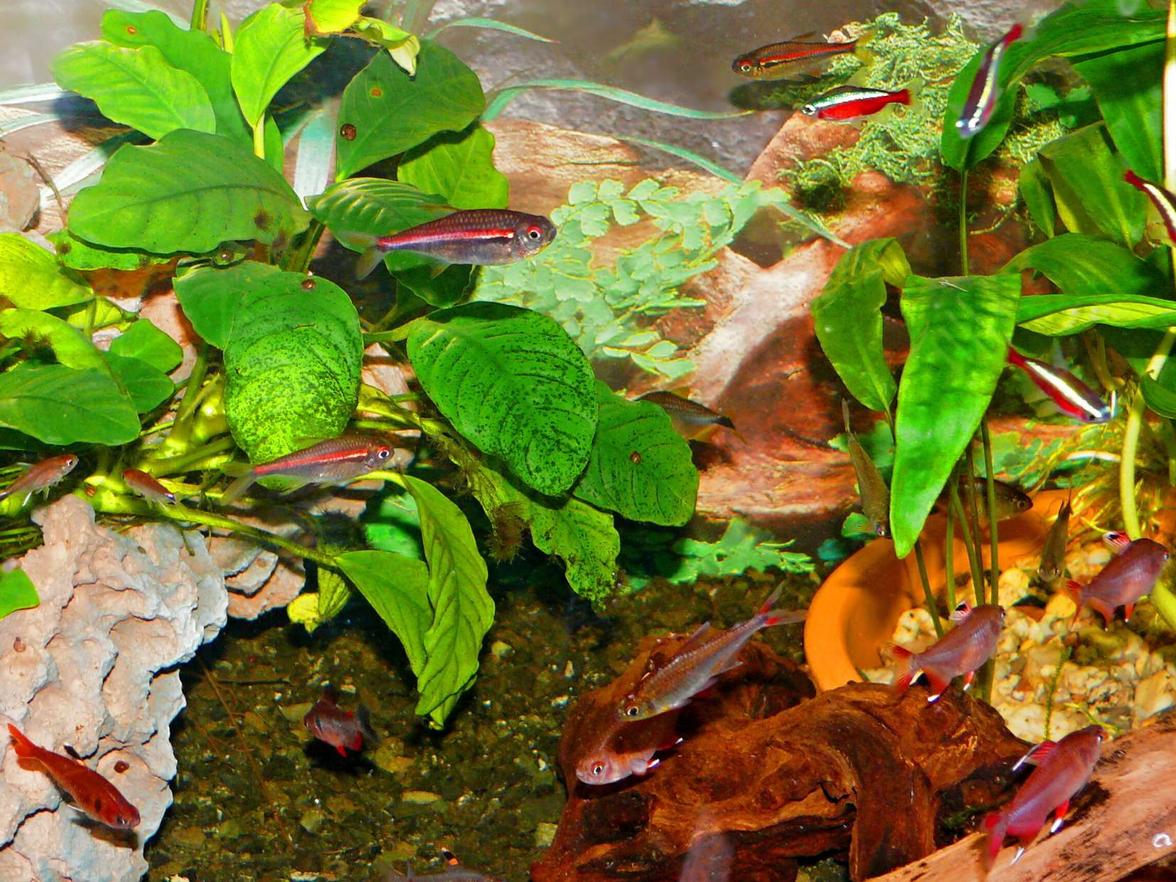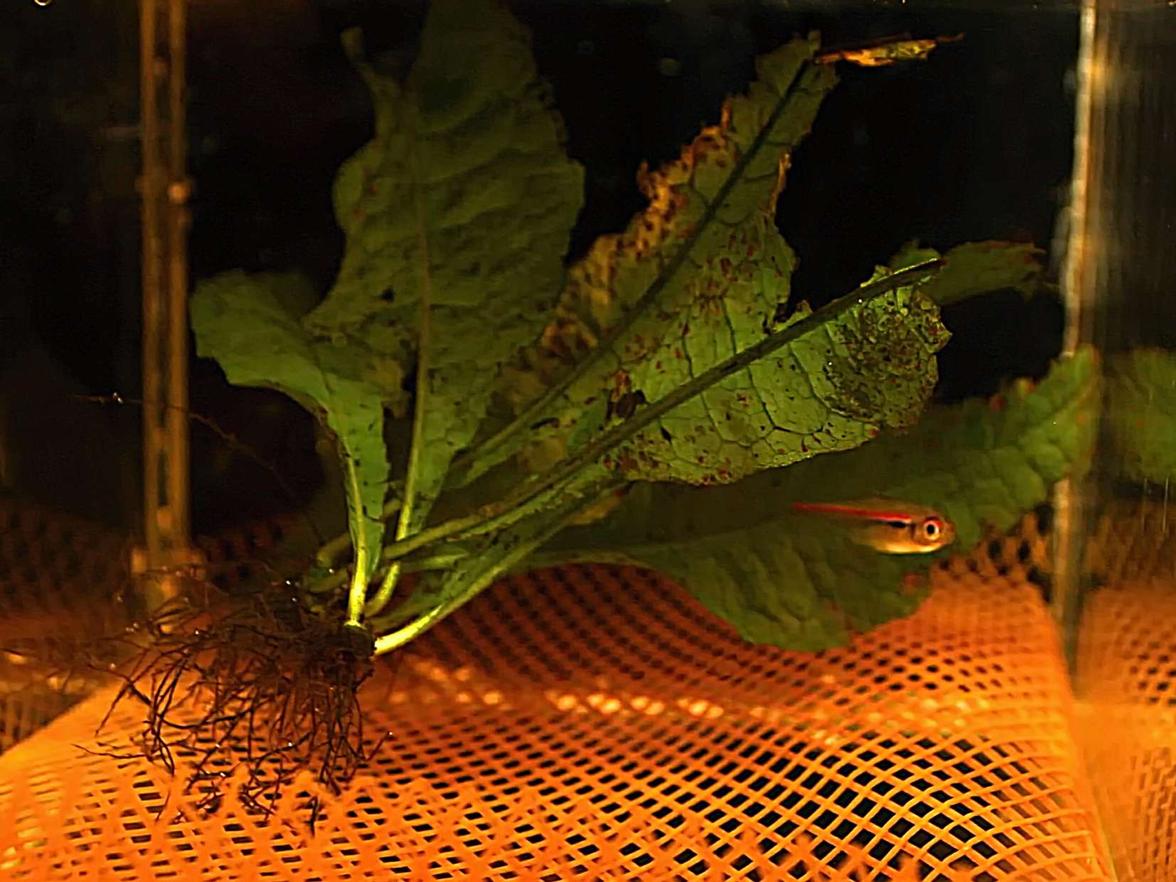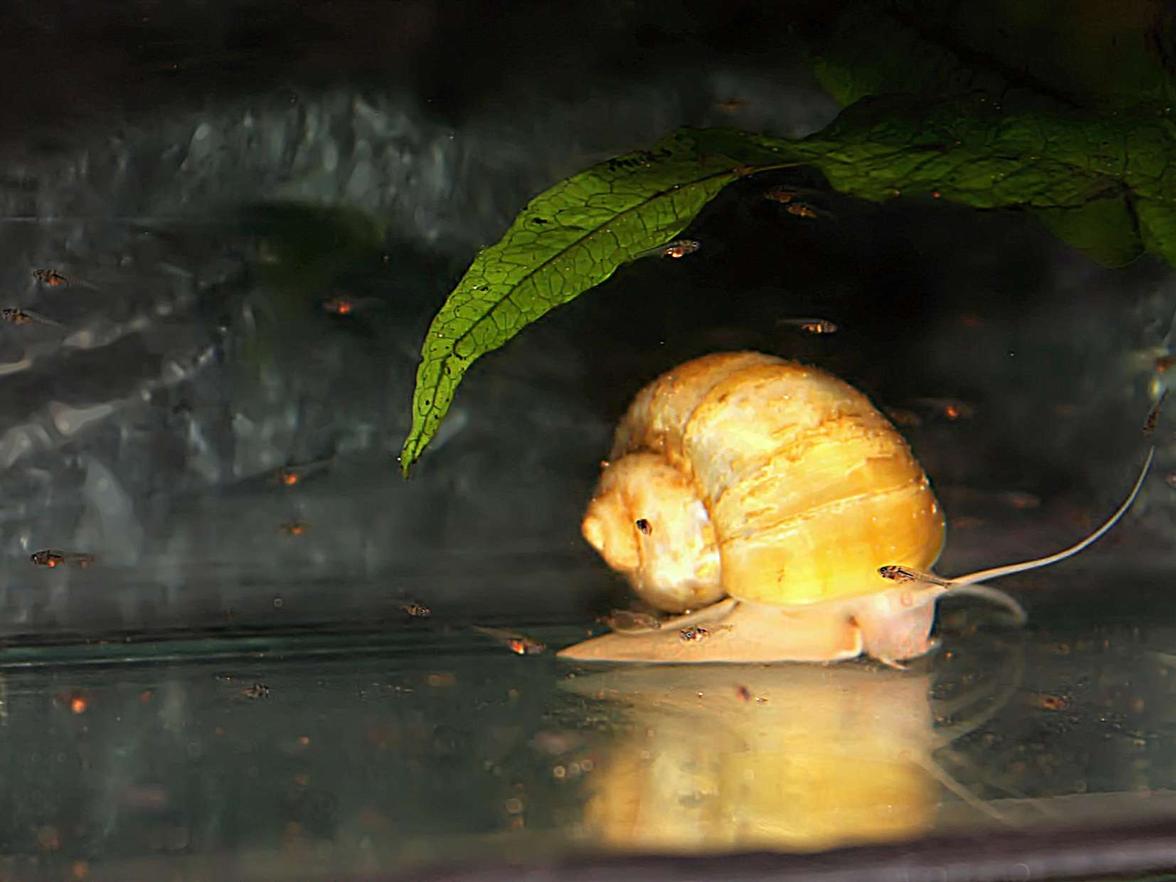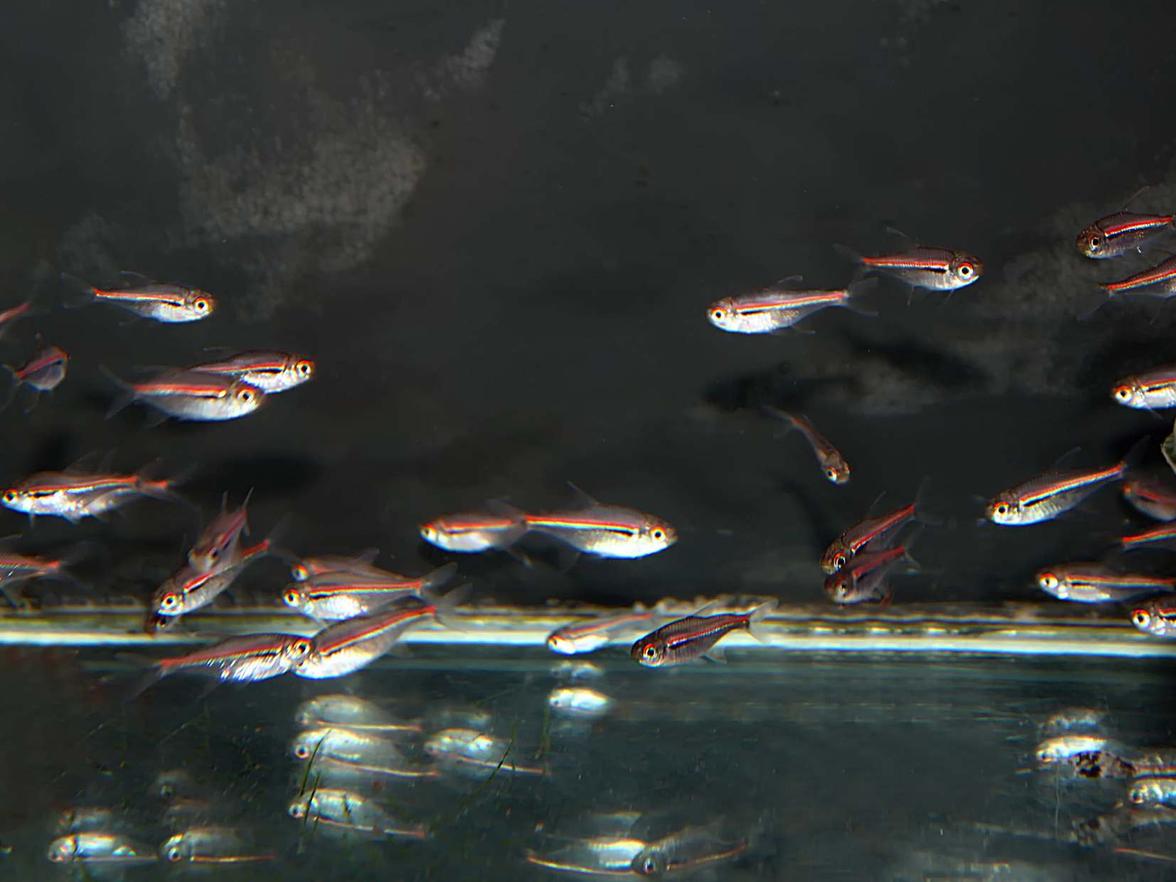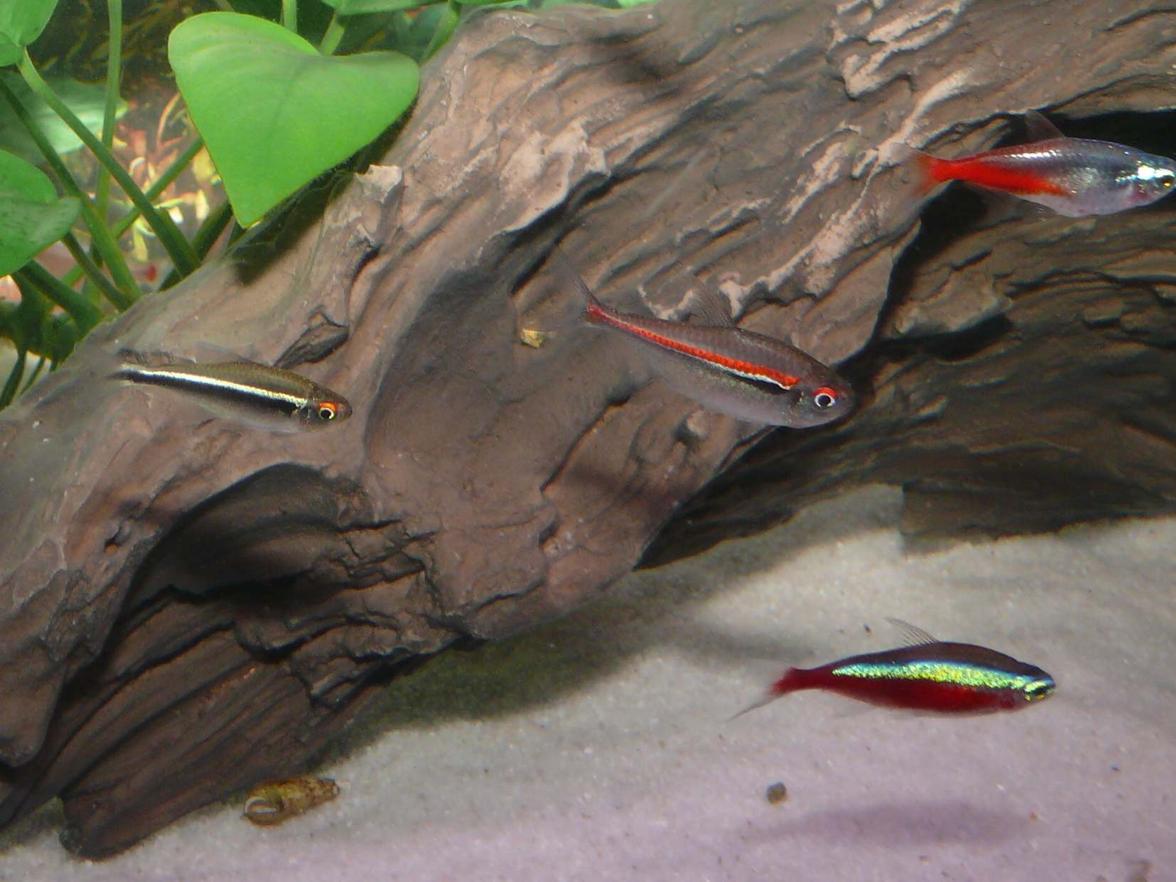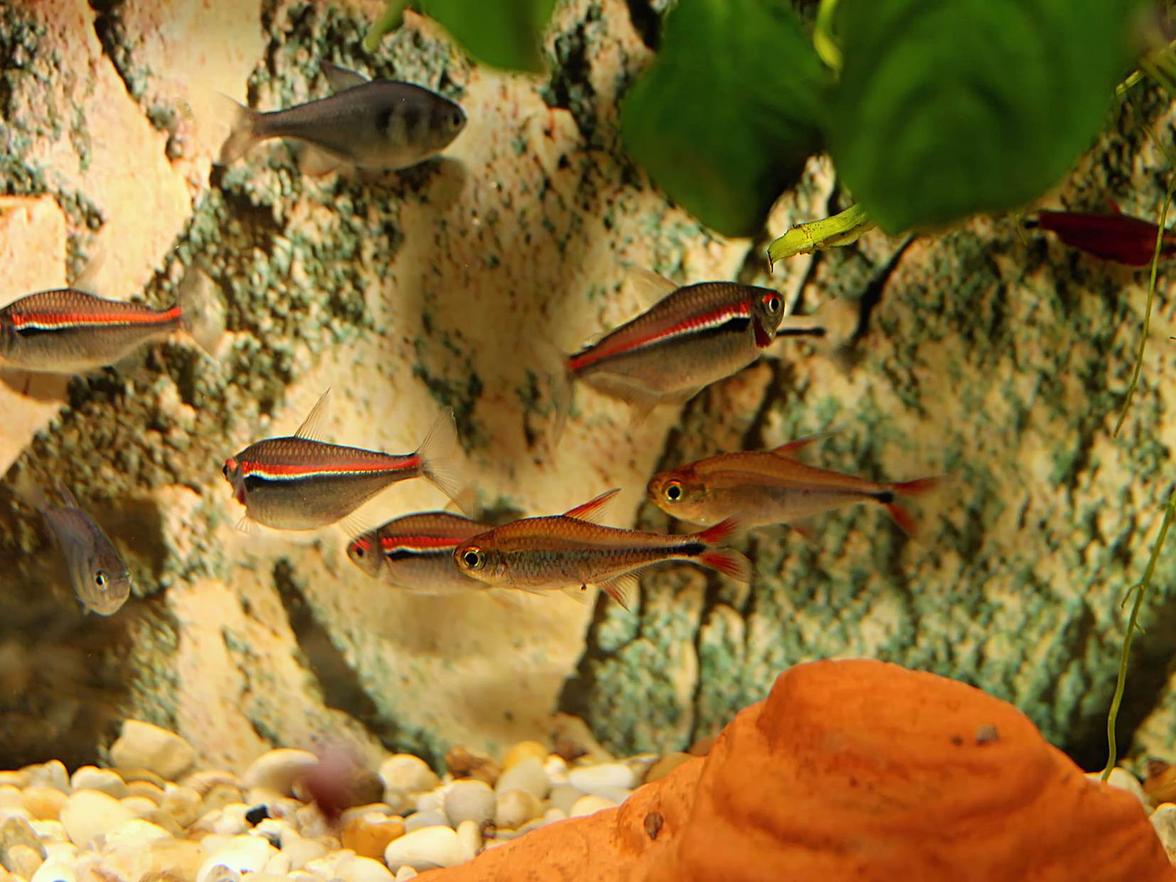The Amapá tetra (Hyphessobrycon amapaensis), commonly referred to by aquarists as "amapa," is a small, incredibly attractive schooling fish from the northern Brazilian state of Amapá. This peaceful and calm tetra is an ideal contrasting fish for any community aquarium and is easy to feed. However, breeding it is one of the aquarist's tests of patience: it requires specific conditions (very soft water with peat) and, unlike other tetras, produces only smaller numbers of fry.
There are many tetras I have bred, but few fish have given me as much trouble as the amapa tetra. Aquarists colloquially call it "amapa," and only a true tetra enthusiast knows what lies behind this name. Not only is it an incredibly beautiful, attractive, and cheerful shoaling fish, but it is also a test of skill and patience.
A bit of history
Originally, the fish made its way into our aquariums in the second half of the 1990s when F. BITTER and his friends brought these fish from the waters of the northern Brazilian state of Amapá, alongside numerous apistogrammas, rivulus, and ancistrus. They imported these fish from the group Hyphessobrycon heterohabdus, initially labeled as Hyphessobrycon sp. "Amapá I," which were later described by ZARSKE and GÉRY in 1998 as Hyphessobrycon amapaensis. Thus, the novelty entered the community of Hyphessobrycon heterohabdus (ULREY, 1894) and Hyphessobrycon agulha FOWLER, 1914.
Homeland
It inhabits small streams with slow-flowing water and floodplain areas where there is plenty of vegetation. The syntopic fish is Hyphessobrycon takasei.
Characteristics
It is a peaceful and calm shoaling fish that grows to about 3 cm in length; the males are always smaller and more delicate. The females are sturdier and noticeably plumper in adulthood. Keeping it with other small and calm tetras is quite trouble-free. They are typical and rather undemanding omnivores, often hunting live food, such as mosquito larvae and banana flies. It is a very grateful contrasting fish to the group of well-known and less known tetras. It is suitable for exhibition aquariums, where in shoals of 10-20 individuals, it captivates all passersby. A few months later, its relative Hyphessobrycon sp. "Amapa II" appeared in Europe, but it did not spread much due to its less distinctive colors.
Breeding
For this size of tetra, we use the usual 5-liter breeding tanks, with water that is significantly soft, slightly mixed with peat, pH about 6.0, temperature 25-26°C. The breeding setup is standard; some use plants, but the fish breed in open water. The number of fry is usually not high, as we are used to seeing with other tetras; we consulted the situation with such tetra enthusiasts as Dr. Stefan K. HETZ or Hans Georg EVERS, and they confirmed our experience that around 30-60 fry are usually raised from a single spawn. The reason is not only the overall lower number of eggs – according to some sources, even 150-300 eggs, which we have never observed – but also the uneven growth of the fry. The starter feed must be very fine. Initially, infusoria are ideal, then we transition to fine freshly hatched brine shrimp nauplii (OSI, Sanders), but also powdered food.
Images:
- Male Hyphessobrycon amapaensis.
- Female Hyphessobrycon amapaensis
- For amapa tetras, common and calm tetras are ideal companions.
- For breeding, we use our usual 5-liter breeding tanks; breeding setup is a necessity.
- Fry about one month old fish shortly after abundant feeding with powdered food. Ampullarias are ideal scavengers for leftover food.
- Young "amapas" about 5 months old.
- Amapa tetras are a beautiful contrasting fish to the neon tetras (bottom right red neon, top right diamond neon, left black neon).
- “Amapas” in the presence of relatively “hot” novelties: Above and left Hyphessobrycon weitzmanorum, right Nannostomus sp. super red. “Rio Amaya”, in the middle Hyphessobrycon sp. “Rio Cenepa”.
